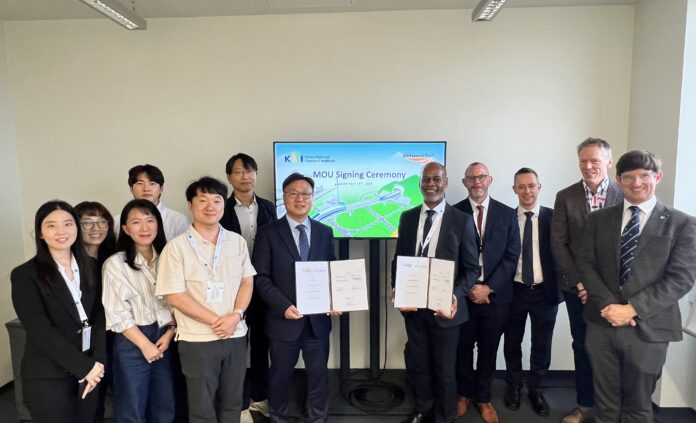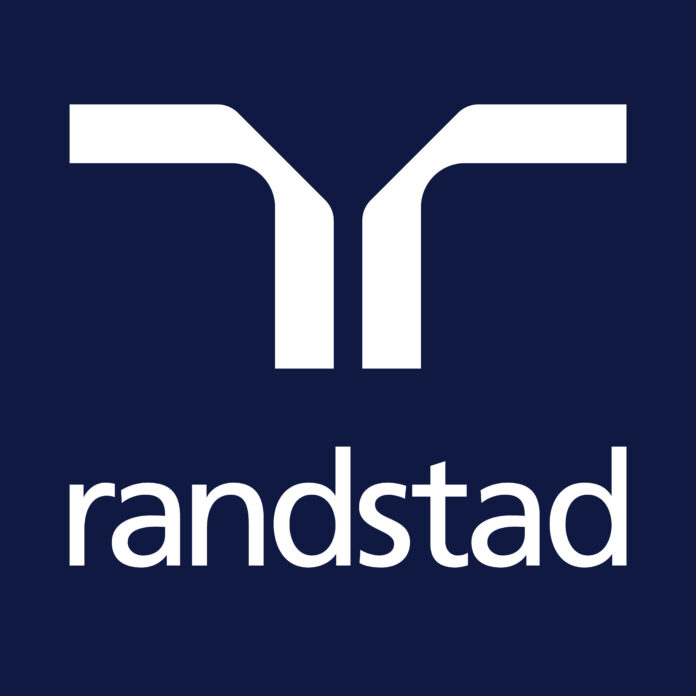Network Rail has entered into a Memorandum of Understanding (MoU) with the Korean Rail Research Institute (KRRI), marking a significant step towards strengthening international collaboration in railway technology.
The agreement, signed at InnoTrans 2024 in Berlin, builds upon Network Rail’s existing partnerships with other European rail infrastructure operators. It represents a promising opportunity for collaboration over the next five years, following successful discussions between the Department of Transport, KRRI, and Network Rail.
Key Areas of Collaboration
Network Rail and KRRI have identified several areas of mutual interest, including:
- Landslide Evaluation Techniques: Developing advanced methods for assessing the risk of landslides.
- Subgrade Instability: Utilising business information modeling and geographic information systems to analyze subgrade stability.
- Extreme Weather Resilience: Enhancing the resilience of rail infrastructure to extreme weather events.
- Innovative Inspection Methods: Exploring the use of tethered drones and robotics for railway structure inspection.
Shared Commitment to Technological Advancement
Dr. Myung Sagong, KRRI, said: “This was a time to share the technological capabilities and experiences of both organisations, as well as areas of desired cooperation. We will strive to develop this into future Korea-UK international joint research projects and create technological synergy.”
Echoing these sentiments, Robert Ampomah, Network Rail, said: “Despite the distance between us, technology will bring us together. We at Network Rail look forward to working with KRRI to find innovative solutions that will make our railways safer and higher performing for our passengers and workforce.”
Strengthening Network Rail’s International Research Program
The agreement aligns with Network Rail’s International Research & Development Partnership Programme (IRDPP), which aims to deliver and develop technology that enhances safety and ensures the rail network is fit for passengers and freight customers.




